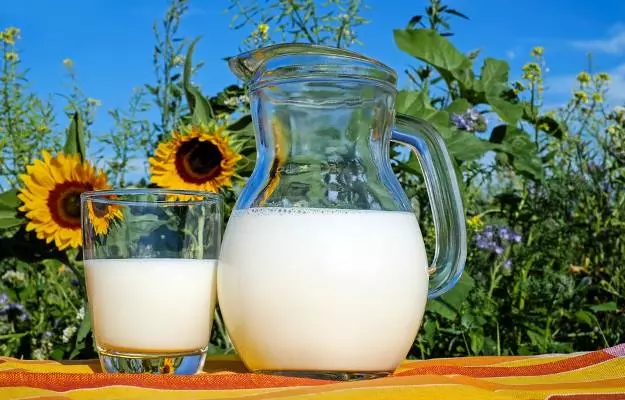Milk is considered as the only standalone meal which promotes body’s holistic growth. In the current era of health conscious people where full cream milk is frowned upon for its side effects, toned milk has emerged as an excellent alternative. It is low in calories but loaded with the same benefits as whole milk.
Let’s get to know what is toned milk and what are the health benefits that it provides.




























